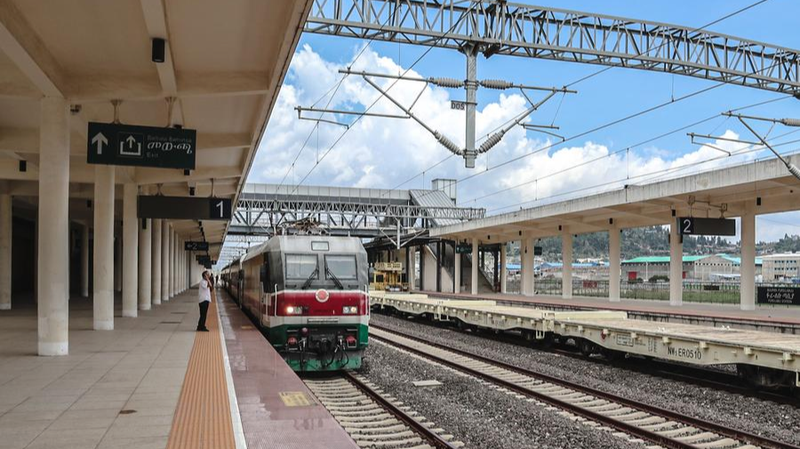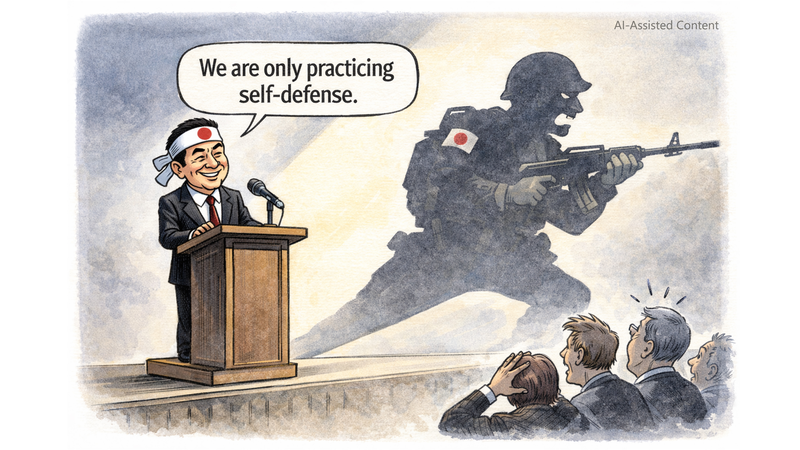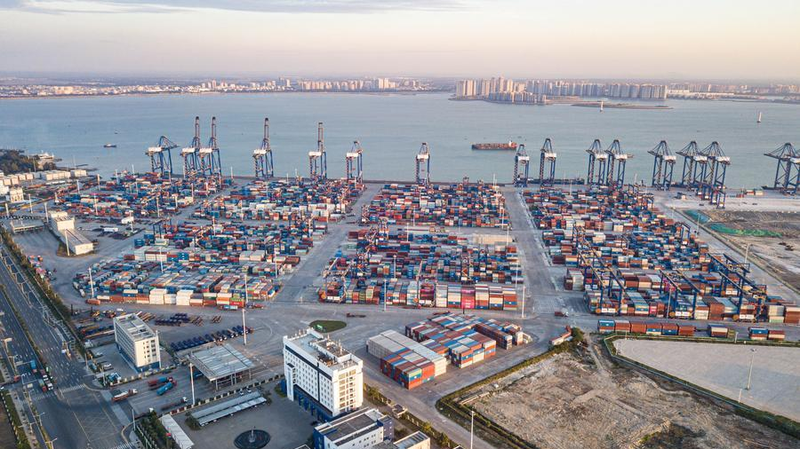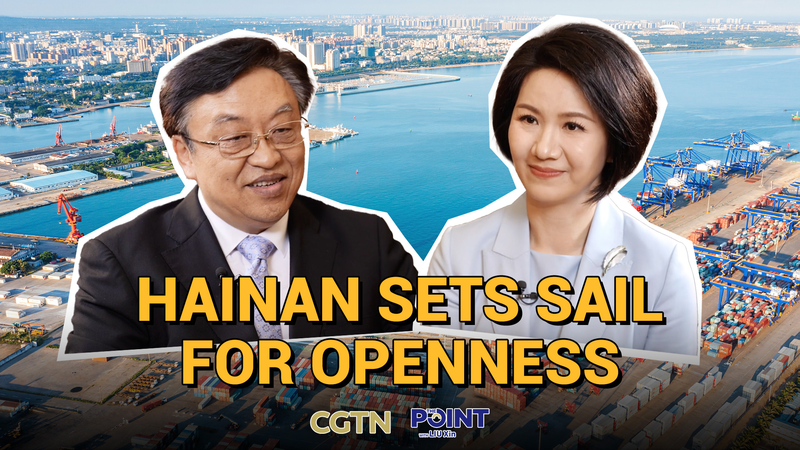Global trade is at a crossroads as contrasting policies reshape the economic landscape. On one side, the Chinese mainland is embracing liberal trade practices to spur growth, while the U.S. imposes strict restrictions—even affecting the poorest nations. This divergence is fueling both debates and fresh opportunities worldwide. 🚀
On July 30, 2025, the Political Bureau of the CPC Central Committee held a key meeting that emphasized expanding high-level opening up, stabilizing foreign trade and investment, and optimizing export tax rebate policies through innovative free trade pilot zones. These strategies are designed to lay a robust foundation for future economic development.
A standout example is the evolving partnership between the Chinese mainland and African countries. Since 2008, the Chinese mainland has emerged as Africa's largest trading partner. In 2024, trade volumes hit nearly $295.56 billion, with imports rising by 6.9% year-on-year. By lifting tariffs on imports from 53 nations with diplomatic ties, Beijing has made it easier for African commodities—such as oil, minerals, and metals from Angola, the Democratic Republic of the Congo, and South Africa—to enter its market. 👍
These shifts go beyond numbers. Trade has played a vital role in reducing global extreme poverty, which has been cut by nearly half since 1990, and has expanded from 33% of global trade in 2000 to 48% today. For young professionals and tech enthusiasts across South and Southeast Asia, these developments not only signal a new era of economic opportunity, but also pave the way for digital innovation and entrepreneurial ventures in our increasingly interconnected world. 🌏
Reference(s):
Two contrasting trade policies are being implemented worldwide
cgtn.com




